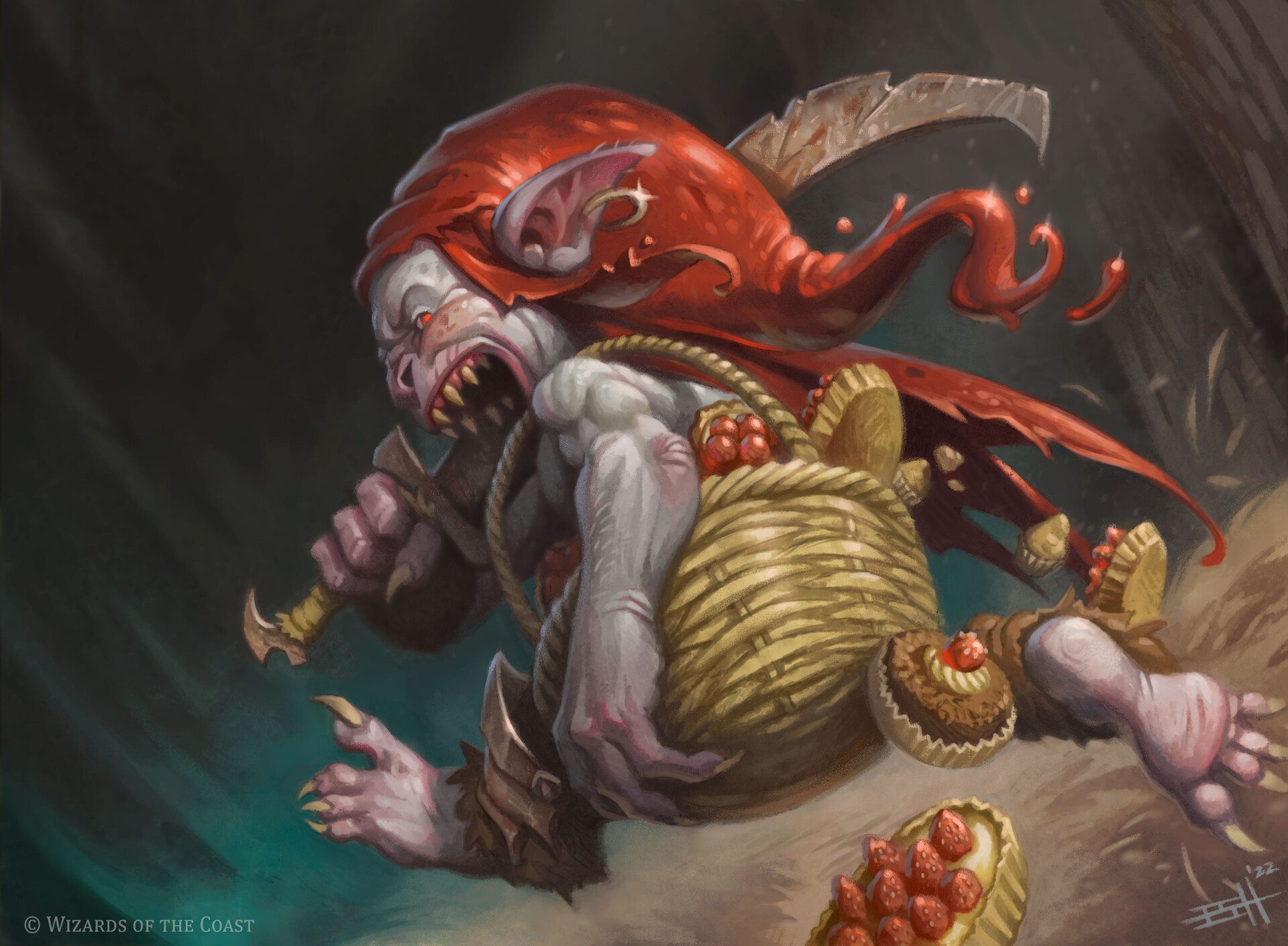
Magic: The Gathering aggro decks, typically known for their aggressive playstyle and focus on quick victories, can at times surprise opponents by adopting a control role in sideboarded games. While aggro decks excel at putting early pressure on opponents, they can also leverage their sideboard to transition into a more controlling strategy when facing certain matchups. This transformation often involves swapping out some of the deck’s more aggressive creatures but not good for the late game along with the burn or pump spells for cards that provide disruption, card advantage, and resilience against opposing strategies.
Here are three example scenarios illustrating how Magic: The Gathering aggro decks can adopt a control role in sideboarded games:
- Facing a Combo Deck: In game one, an aggro deck struggles against a combo deck that aims to assemble a game-winning combo by a certain turn. In sideboarded games, the aggro player brings in disruptive cards like Thoughtseize or Duress to disrupt the combo player’s hand, preventing them from assembling their combo pieces. They may also include additional removal spells like Dismember or Lithomantic Barrage to deal with key combo pieces or support cards. By slowing down the combo player’s game plan and disrupting their strategy, the aggro deck can take on a more controlling role, aiming to outlast the opponent and win through incremental damage rather than explosive aggression.
- Against a Control Deck: When facing a control deck that has numerous board wipes and removal spells, the aggro deck struggles to maintain a board presence and close out the game quickly. In sideboarded games, the aggro player brings in cards like Veil of Summer to protect their threats from countermagic and removal spells. They may also include cards that generate card advantage, such as Chandra, Torch of Defiance or Phyrexian Arena, to ensure they have a steady stream of threats even if their creatures get dealt with. By adopting a more resilient and value-oriented strategy, the aggro deck aims to grind out the control player and win through attrition.
- Versus a Midrange Deck: In a matchup against a midrange deck that has a mix of removal spells, efficient creatures, and powerful planeswalkers, the aggro deck finds it challenging to maintain tempo and pressure. In sideboarded games, the aggro player may bring in additional removal spells like Settle the Wreckage or card advantage spells like Breach the Multiverse to deal with the midrange player’s threats and disrupt their game plan. They may also include cards, in particular, planeswalkers such as Elspeth, Sun’s Champion to generate resilient threats that can bypass the midrange player’s removal. By controlling the board and neutralizing the midrange player’s threats, the aggro deck aims to outvalue their opponent and secure victory through a combination of aggression and disruption.
By incorporating cards like hand disruption, removal spells, and resilient threats, aggro decks can pivot to a more reactive style of play, aiming to disrupt the opponent’s game plan, control the board, and outlast them in the late game. This adaptability allows aggro decks to catch opponents off guard and maintain a competitive edge in sideboarded games, showcasing the versatility and strategic depth inherent in the Magic: The Gathering metagame.
